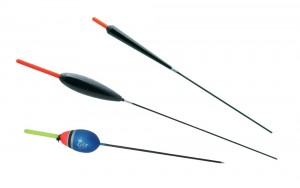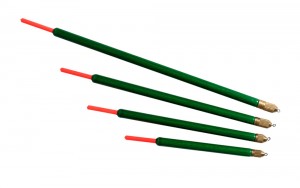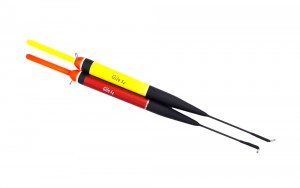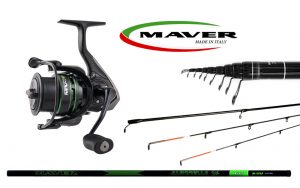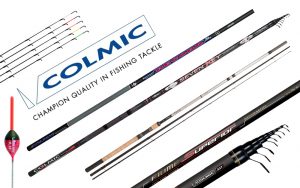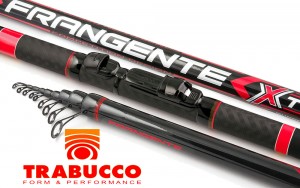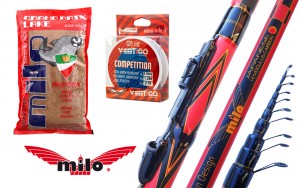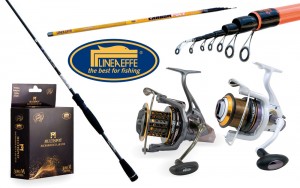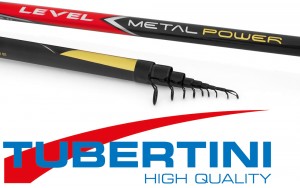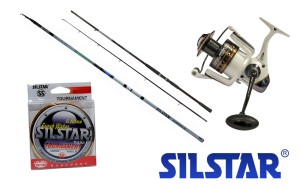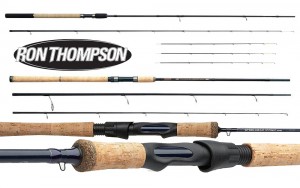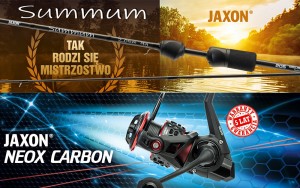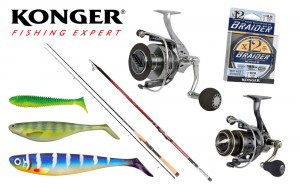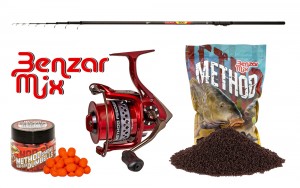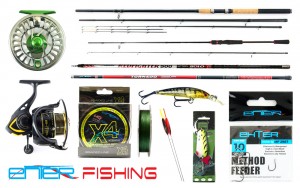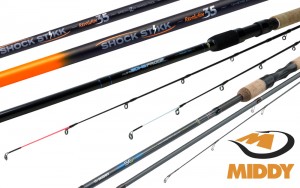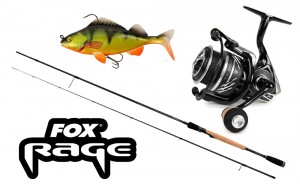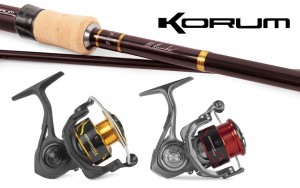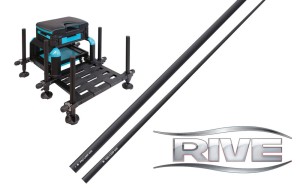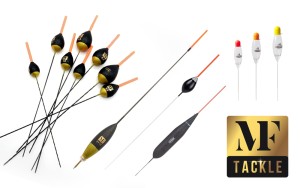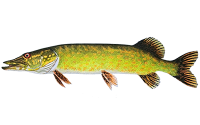Floats
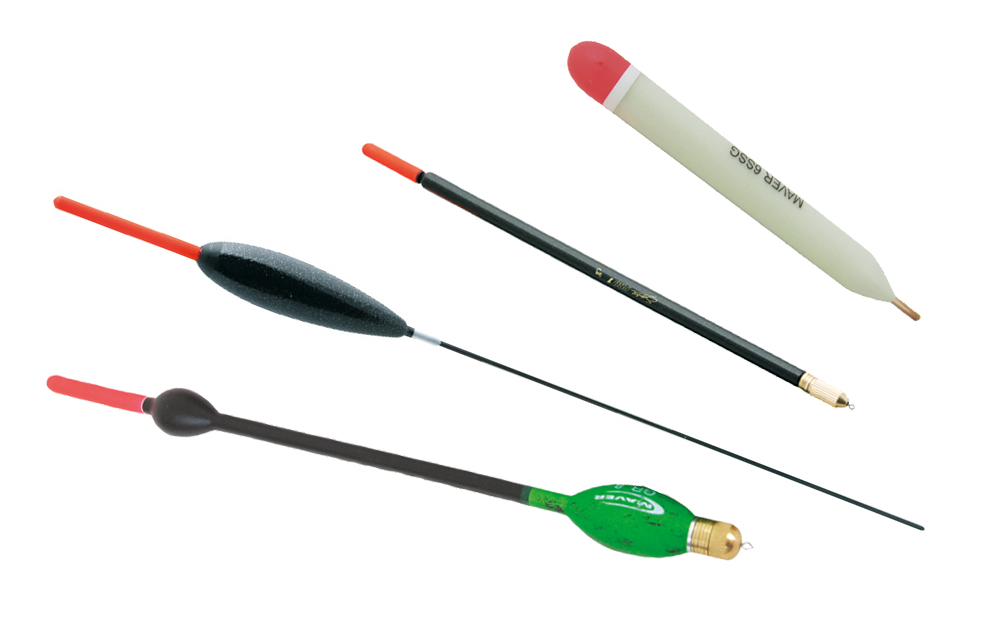
A fishing float or bobber is a small floating object usually attached to a fishing line. It can serve several purposes. Firstly, it can suspend the bait at a predetermined depth; secondly, due to its buoyancy, it can carry the baited hook to otherwise inaccessible areas of water by allowing the float to drift in the prevailing current; thirdly, it can allow the angler to cast the bait on long distances due to the fact that under the float it usually comes the have weight lead, and the last and the most important – a float serves as a visual bite indicator. Fishing with a float is sometimes called float fishing.
Floats come in different sizes and shapes and can be made from various materials, such as foam, balsa wood, cork, plastic, Indian sarkanda reed, or even bird/porcupine quills. The float is used to enable the angler to cast out the bait away from the shore or boat while maintaining a reference point to where the bait is unlike bottom or leger fishing. The angler will select an appropriate float after taking into account the strength of the current (if any), the wind speed, the size of the bait he or she is using, the depth the angler wishes to present that bait at, and the distance the bait is to be cast. Usually, the line between the float and hook will have small weights attached, ensuring that the float sits vertically in the water with only a small brightly colored tip remaining visible. The rest of the float is usually finished in a dull neutral color to render it as inconspicuous as possible to the fish. Each float style is designed to be used in certain types of conditions such as slow or fast rivers, windy or still water, or small confined waters such as canals.
